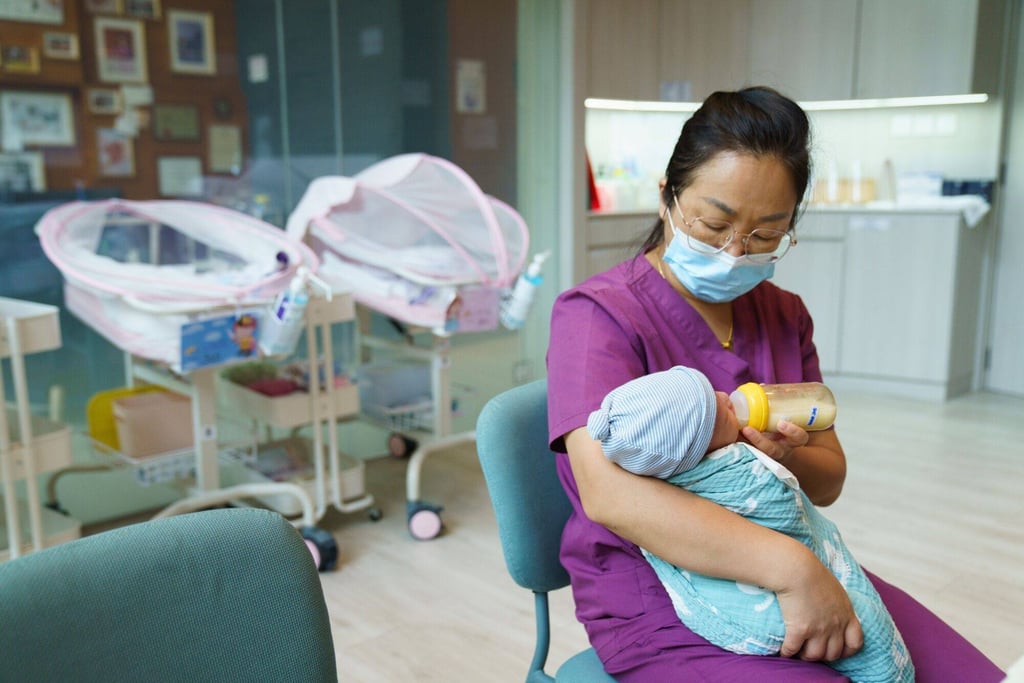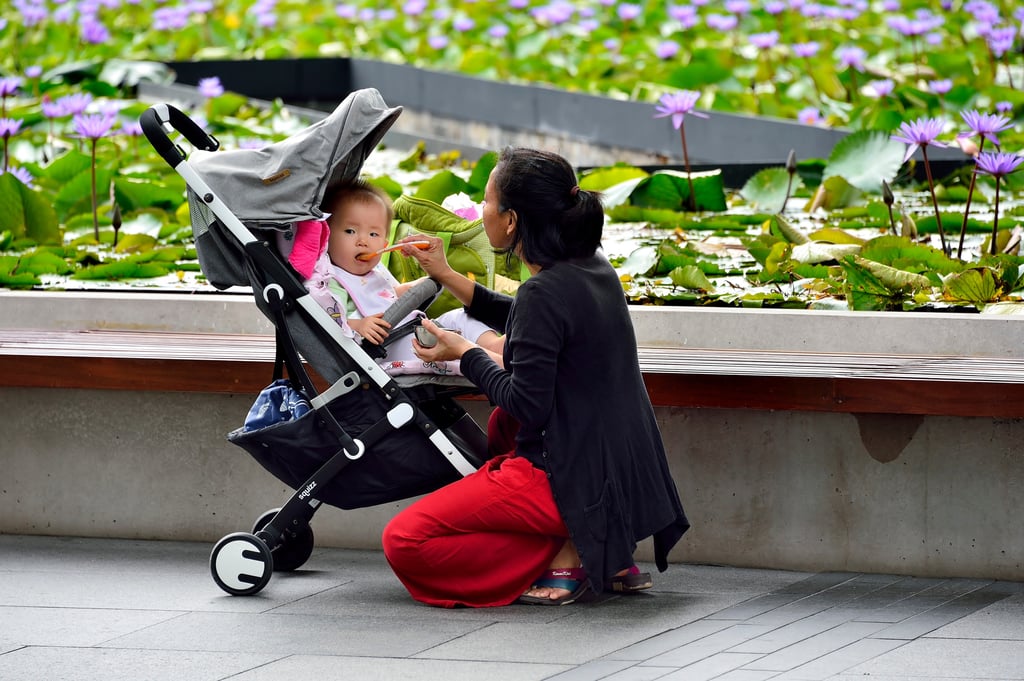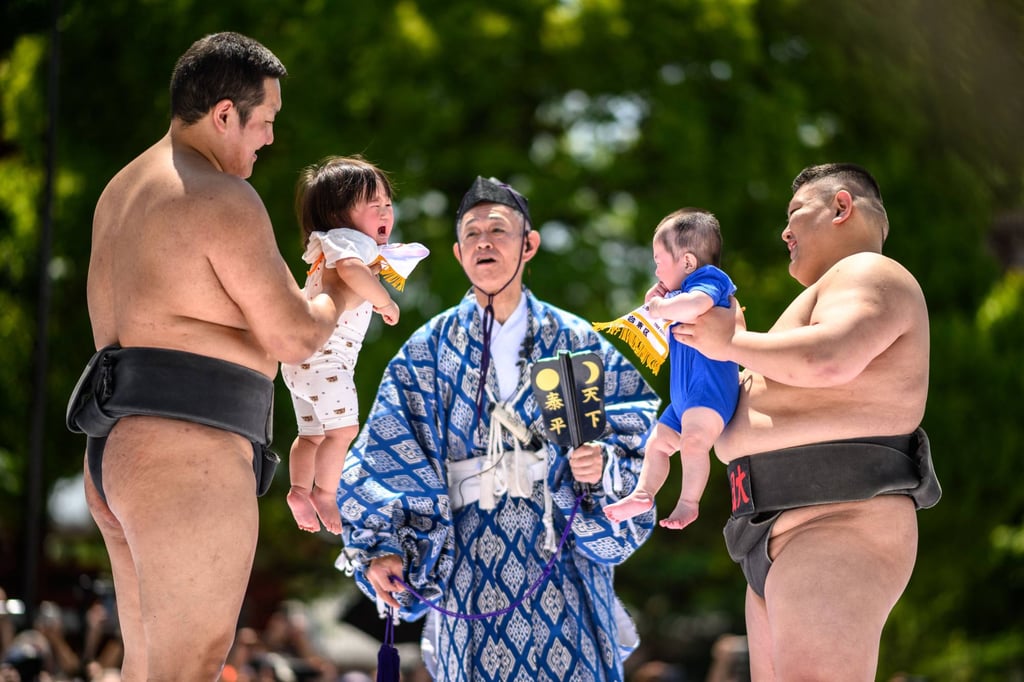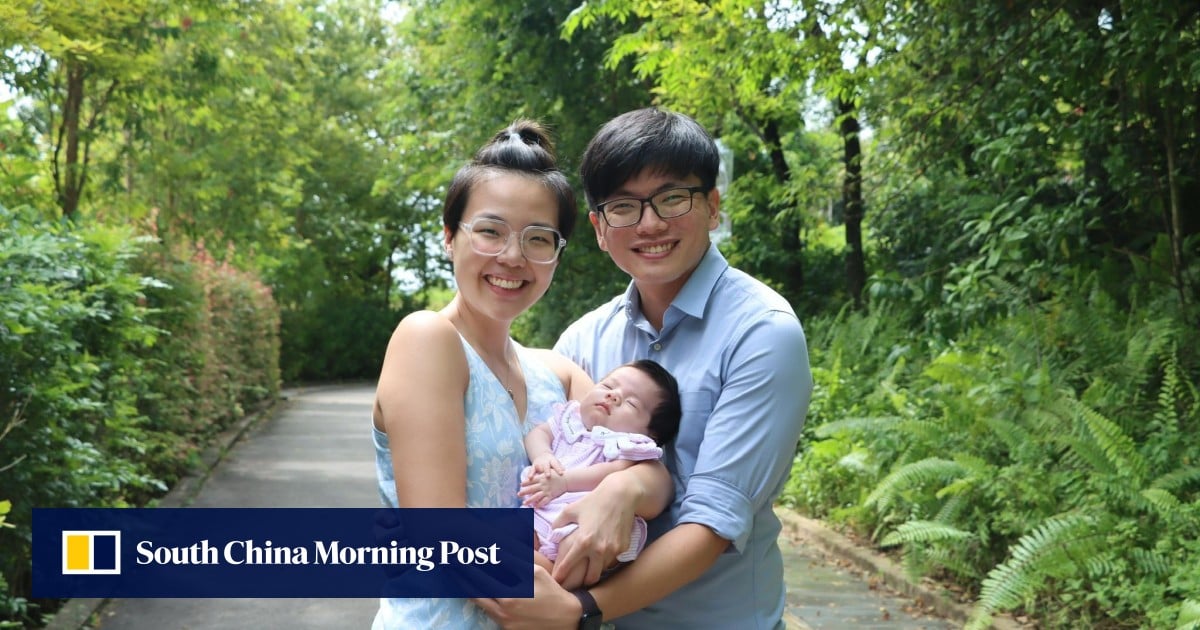Singapore introduced government-paid paternity leave in 2013. Last year, it announced a doubling of the leave from two weeks to four for fathers of children born after January 1, 2024. However, employers have the discretion of whether to grant the additional two weeks.
An electrical engineer, 32, who declined to be named, had his request for four weeks of leave rejected for the birth of his second child in January this year. The company did not explain the rejection and he instead used two weeks of his wife’s maternity leave. In Singapore, fathers can share up to four weeks of their wife’s 16 weeks of government-paid maternity leave if their wife agrees.
“It’s a need to have a month’s leave to support my spouse at home, to look after our newborn and help with house chores,” he said.

For legal associate Chua Siang Yee, despite taking eight weeks off for his daughter, he still felt guilty. The multinational law firm where he works, Allen Overy Shearman Sterling, lets employees take double Singapore’s four weeks of government-paid paternity leave.
Chua, 35, and his wife had been trying for over a year to conceive and were on the brink of using assisted conception so they wanted to spend as much time as they could with their daughter. However, Chua said: “There is definitely some guilt – the team is quite busy and my being away means my colleagues will have to cover for me.”
A survey of 1,200 Singaporean workers aged 18 and above by non-profit organisation SG Her Empowerment released last month found that fathers were twice as likely as mothers to report receiving backlash from their supervisor for taking parental leave. A fifth of the respondents who took paternity leave said they were criticised by their supervisors.
The survey also found that 35 per cent of respondents believed that men should be the breadwinners of the family, while 63 per cent said both men and women should be breadwinners and the remaining 3 per cent said women.
Sociologists said that gender norms dictating that men be the breadwinners of their families persist throughout the region, hindering take-up rates for paternity leave and sharing of child-rearing responsibilities.

Assistant Professor Cheung Hoi Shan of the National Institute of Education’s Psychology and Child & Human Development Department said there was a “deeply ingrained notion that caregiving responsibilities are best performed by the women” in many cultures including Asian societies.
“This stereotype can create a stigma around men taking paternity leave. This trend is observed in Asian societies such as Singapore and Japan, where men may hesitate to take paternity leave due to pressures at work or for fear that it may affect their career progression. This is despite government policies that encourage them to do so,” Cheung added.
Another new father said he regretted not taking his paternity leave immediately after the birth of his daughter in June as he felt it would impact his career trajectory.
The 31-year-old investment executive at a multinational company, who spoke on condition of anonymity, has been working from home but admitted that it has been very tough on him and his wife. He said: “They would have let me do so without question but I was concerned it would affect my standing in the company.
Work never stops, stay home and support your wife
“Work never stops, stay home and support your wife.”
The take-up rate of paternity leave in Singapore remains moderate, although data shows it is increasing. When government-paid paternity leave was introduced in 2013, 25 per cent of fathers took leave. As of 2021, just over half, or 53 per cent, took paternity leave. When asked by This Week in Asia, the Ministry of Social and Family Development replied it was not able to provide more recent statistics.
Professor Wei-Jun Jean Yeung, director of social sciences at Agency for Science, Technology and Research (A*STAR) Singapore Institute for Clinical Sciences, said that compared with Western cultures, “the separate spheres of gender norms, whereby men are seen as breadwinners and women as homemakers, are still prevalent in Asia”.
The professor in the department of paediatrics at the National University of Singapore’s Yong Loo Lin School of Medicine noted that not all Asian countries have government-paid paternity leave. For countries that have such a policy, the leave tends to be short, ranging from a few days to a few weeks, according to Yeung.
Among them, Malaysia mandates seven days of paternity leave and Indonesia has two, which can be extended to five. New fathers working in the public sector in Thailand get 15 days while there is no mandatory paternity leave for those in the private sector.
Japan and South Korea have introduced up to one-year paternity leave but the take-up rates remained low, Yeung said.

The Japan Times reported on Thursday that a record-high 30 per cent of male corporate workers in Japan who had recently become fathers took childcare leave as of October 1, 2023. New government regulations require businesses to confirm whether employees intend to take childcare leave.
In South Korea, 72 per cent of those who took parental leave in 2023 were women while 28 per cent were men. The percentage of men taking paternity leave dropped slightly from 28.9 per cent in 2022, after rising almost every year from 1.2 per cent in 2008.
Can paternity leave fix falling fertility rates?
Fertility rates across the region have been low among several countries and cities including Japan, South Korea, Hong Kong and Singapore.
South Korea had the world’s lowest birth rate of just 0.72 in 2023, while Singapore’s resident total fertility rate dropped below 1.0 for the first time in 2023, with estimates showing the rate was 0.97.
Tan Poh Lin, a senior research fellow at the National University of Singapore’s Institute of Policy Studies, said: “Increased gender balance can reduce the motherhood penalty and also reduce stress overload of working mothers, making the prospect of parenthood more attractive.”
Cheung said: “Balancing childcaring responsibilities between men and women will reduce the burden on women, allowing them to balance their careers and family life better. This may lower the barrier for couples who are considering having children.
“However, boosting fertility rate is a complex issue that likely involves many factors beyond gender role equality.”

